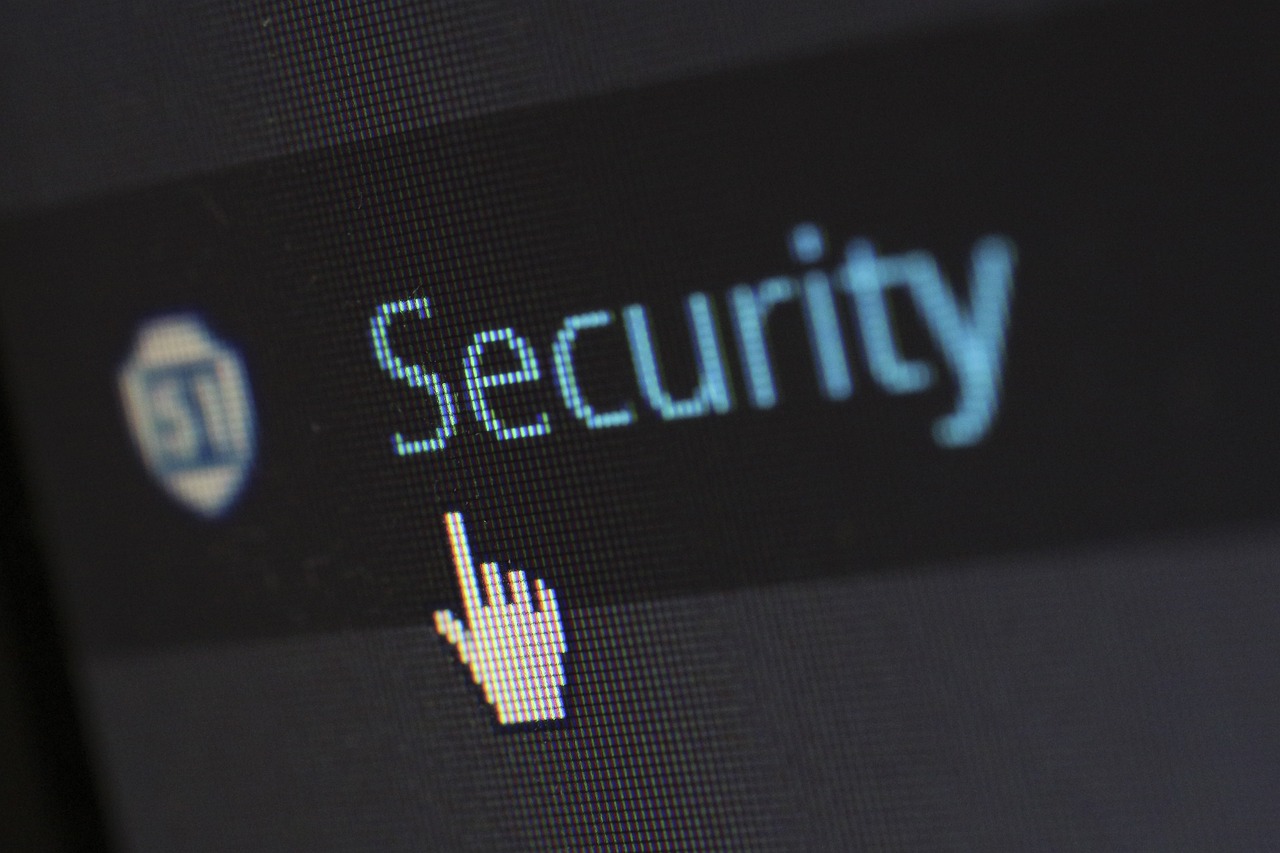With its user-friendly interface and extensive range of plugins and themes, WordPress is a popular website development choice. However, like any other platform, it is not immune to issues. A critical error on their website is one of the most alarming problems a WordPress user can encounter. This error can render your site inaccessible and leave you scrambling for a solution.
This article will explore common causes of critical errors on WordPress websites and provide a step-by-step guide on resolving them.
Common Causes of Critical Errors:
- Plugin Incompatibility:
– Plugins are a significant strength of WordPress, but incompatible or outdated plugins can cause critical errors. When plugins conflict with each other or the WordPress core, it can lead to fatal errors.
- Theme Issues:
– Themes are crucial in website design, but poorly coded or incompatible themes can trigger critical errors. Upgrading WordPress or changing your theme might expose compatibility issues.
- PHP Version Incompatibility:
– WordPress relies heavily on PHP; outdated or incompatible versions can result in critical errors. Ensure your hosting environment supports the latest PHP versions.
- Memory Exhaustion:
– WordPress requires a certain amount of server memory to function correctly. If your website is within the allocated memory limit, it can lead to critical errors.
- Corrupted Core Files:
– Rare but possible, corrupted core files can result from incomplete WordPress installations, file modifications, or malware infections.
Now, let’s delve into the steps to resolve critical errors on your WordPress website:
Step 1: Identify the Issue:
– To pinpoint the problem, check your website’s error logs. This can provide valuable information about the specific error and the file or plugin causing the issue.
Step 2: Access Your Website via FTP:
– Access your website’s files using FTP (File Transfer Protocol). You can use tools like FileZilla or connect directly through your hosting provider.
Step 3: Deactivate Plugins:
– Navigate to the “wp-content” directory and rename the “plugins” folder to something like “plugins_disabled.” This deactivates all plugins. If the error is resolved, reactivate each plugin one by one to identify the problematic one.
Step 4: Switch to a Default Theme:
– Similar to plugins, themes can be a source of critical errors. Switch to a default WordPress theme (like Twenty Twenty-One) to see if the problem persists.
Step 5: Check PHP Version:
– Ensure your hosting environment supports the latest PHP version. You can update the PHP version through your hosting provider’s control panel.
Step 6: Increase Memory Limit:
– If memory exhaustion is the issue, increase the memory limit by editing the “wp-config.php” file or contacting your hosting provider.
Step 7: Reinstall WordPress Core:
– Replace the core WordPress files with a fresh copy. This can help fix issues caused by corrupted core files.
Step 8: Seek Professional Help:
– If you cannot identify or resolve the issue, seek help from WordPress forums or community groups or hire a professional developer.
Conclusion:
Dealing with a critical error on your WordPress website can be stressful, but following these steps can effectively troubleshoot and resolve the issue. Regularly updating plugins and themes and ensuring compatibility with the latest WordPress version can go a long way in preventing critical errors. Remember to back up your website before making significant changes, and don’t hesitate to seek assistance if needed. A well-maintained WordPress site is less prone to critical errors, ensuring a smooth and reliable online presence.
